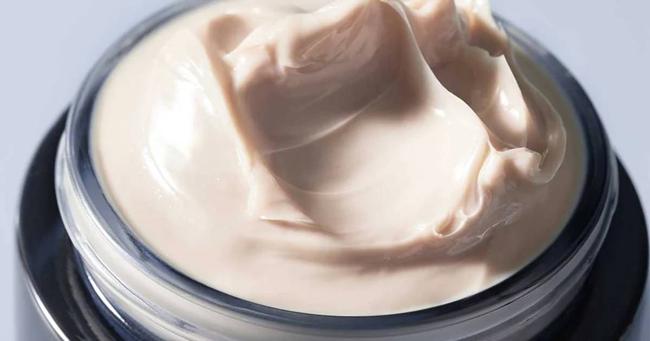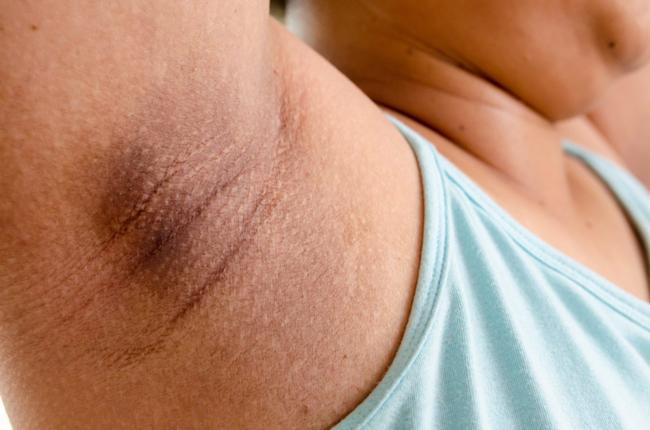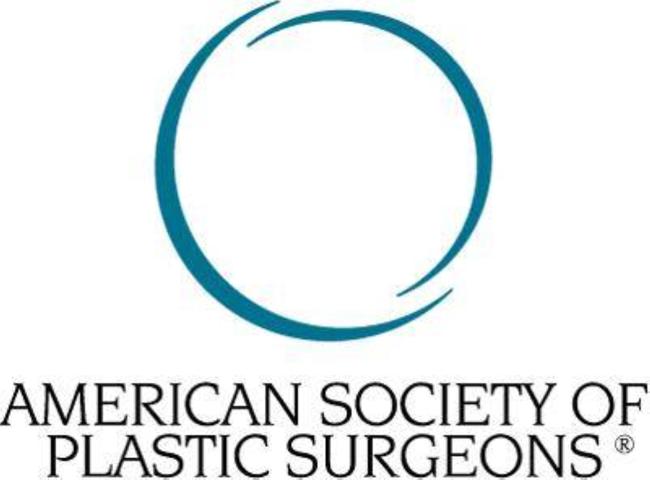Summary
According to Trotman, a sugar overload can cause a process called glycation, which has negative knock-on effects for your collagen and elastin (the things that keep your skin firm, smooth and clear). Having added sugar every now and then is fine, but many of us eat too much sugar too regularly and this will take its toll on our skin over time.
Source: British GQ

AI News Q&A (Free Content)
Q1: What is glycation and how does it affect skin health?
A1: Glycation is a natural process where sugars like glucose and fructose bind to proteins such as collagen and elastin, forming advanced glycation end-products (AGEs). These AGEs accumulate in the skin, leading to stiffness and reduced elasticity, resulting in wrinkles and other signs of aging. Glycation is accelerated by high sugar consumption and UV exposure, significantly impacting skin health by making collagen and elastin rigid and less repairable.
Q2: How does sugar consumption contribute to skin aging?
A2: Excessive sugar intake leads to the formation of AGEs, which are harmful compounds that accumulate in the skin. These compounds cross-link with collagen fibers, making them stiff and less elastic. This process, exacerbated by ultraviolet light, results in the skin losing its suppleness and developing wrinkles, a phenomenon known colloquially as 'sugar sag'.
Q3: What are some of the scientific interventions to combat glycation in skin care?
A3: Recent research has identified flavonoids in lotus stamen extract as potent inhibitors of glycation. These natural compounds upregulate the expression of Glyoxalase 1, an enzyme that helps reduce glycation, and also alleviate oxidative stress. Such interventions highlight the potential of using natural ingredients to mitigate glycation's effects on skin health.
Q4: What role do advanced glycation end-products (AGEs) play in the aging process?
A4: AGEs play a critical role in the aging process by altering the mechanical properties of collagen fibrils, which are essential for skin and tissue integrity. Their accumulation leads to tissue stiffening and reduced elasticity, contributing to visible aging signs like wrinkles and loss of skin firmness. The presence of AGEs is linked to various age-related diseases and conditions beyond skin health, including diabetes-related complications.
Q5: How can diet influence glycation and skin aging?
A5: Diet plays a significant role in influencing glycation and thus skin aging. A diet high in sugars accelerates the formation of AGEs, whereas a balanced diet rich in fruits and vegetables can help manage blood sugar levels and reduce AGEs formation. Limiting sugar intake and maintaining a healthy diet are recommended strategies to combat glycation's impact on the skin.
Q6: What are the latest scientific findings on the mechanical effects of AGEs on collagen fibrils?
A6: Recent studies using molecular dynamics simulations have shown that AGEs significantly affect the mechanical properties of collagen fibrils. These cross-links make the collagen fibrils stiffer and more prone to brittle fracture under strain. Understanding these mechanical effects is crucial for developing interventions to mitigate AGE-related tissue damage.
Q7: What preventive measures can be taken to minimize glycation-related skin aging?
A7: Preventive measures to minimize glycation-related skin aging include maintaining a diet low in sugars, using sun protection to limit UV exposure, and incorporating skincare products with anti-glycation ingredients like flavonoids. Regular monitoring of blood sugar levels and consulting healthcare professionals for dietary advice are also recommended to manage glycation effectively.
References:
- Advanced-Glycation Endproducts: How cross-linking properties affect the collagen fibril behavior
- Flavonoids in Lotus Stamen Extract Inhibit High Glucose-Induced Intracellular Glycation in Fibroblasts by Upregulating the Expression of Glyoxalase 1 and Alleviating Oxidative Stress
- Microstructurally-based constitutive modelling of the skin - Linking intrinsic ageing to microstructural parameters





